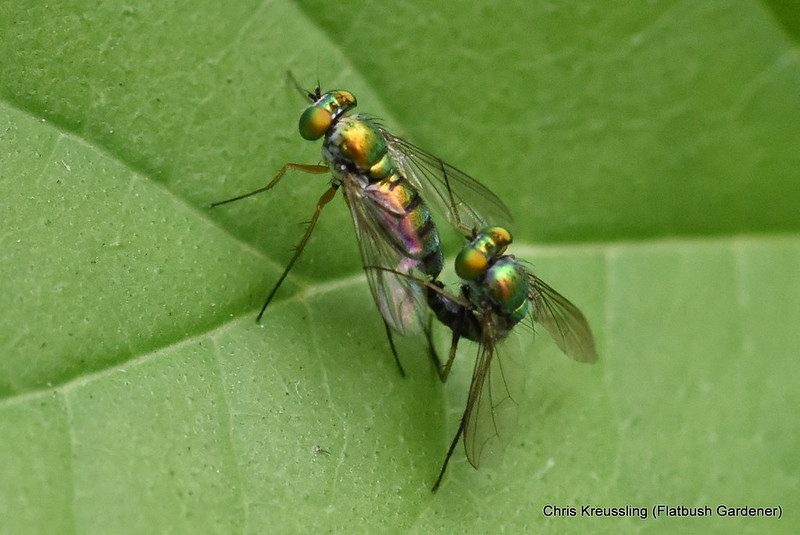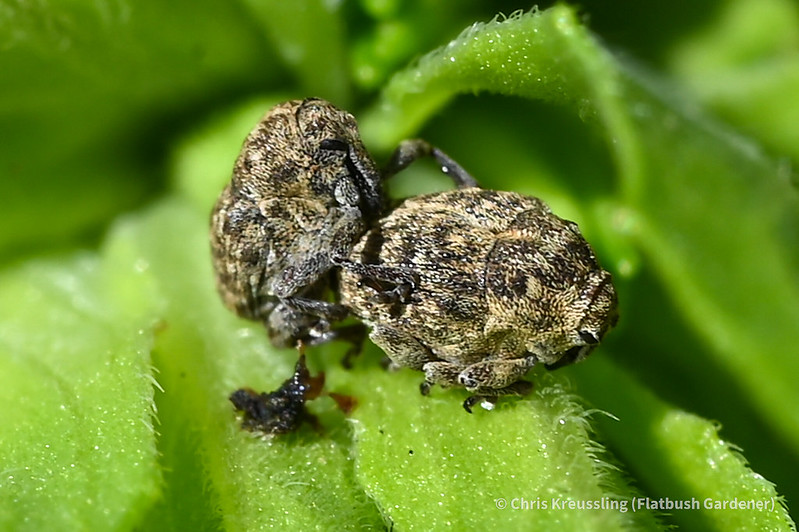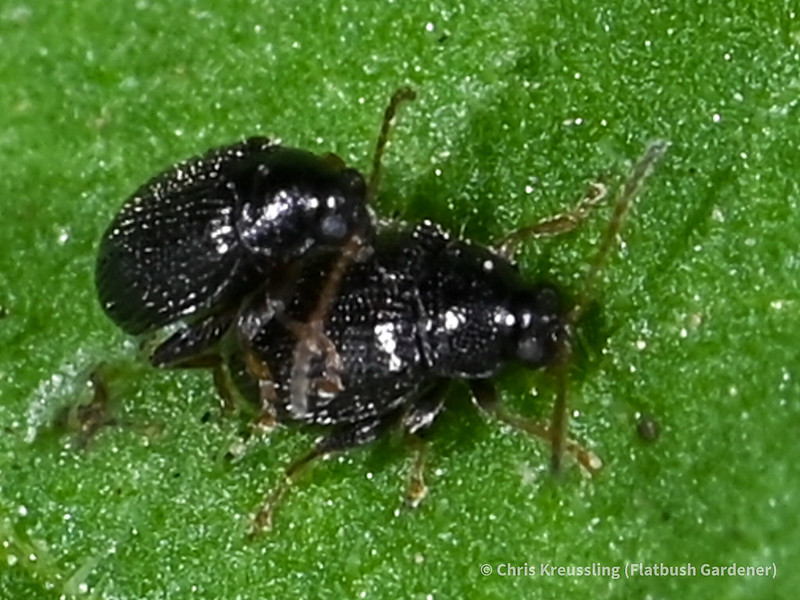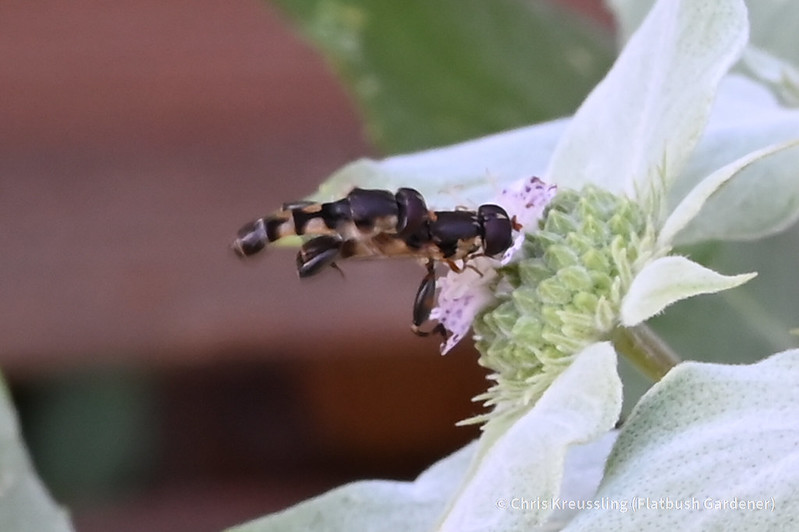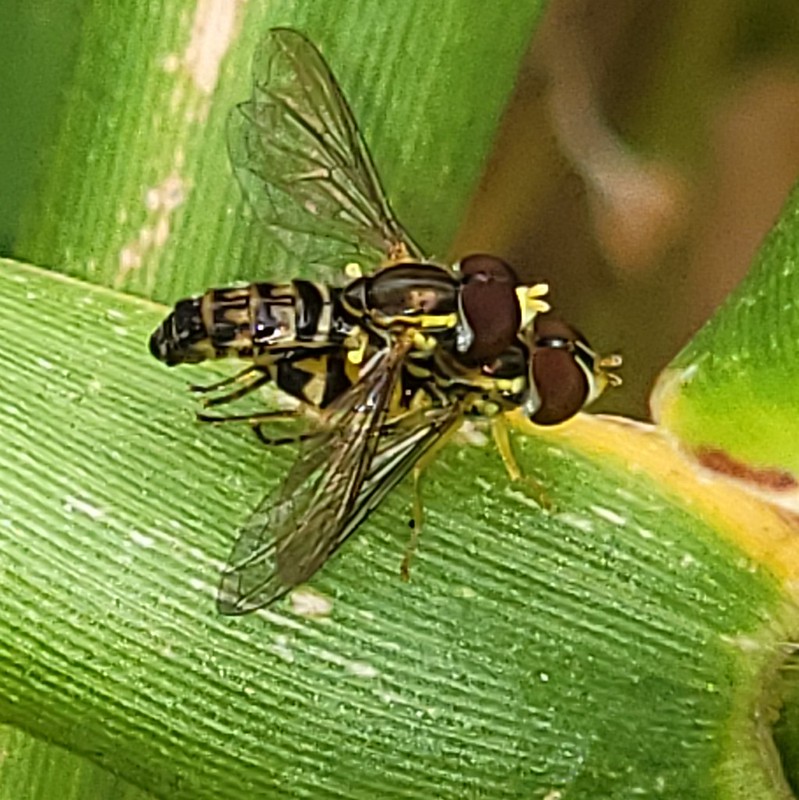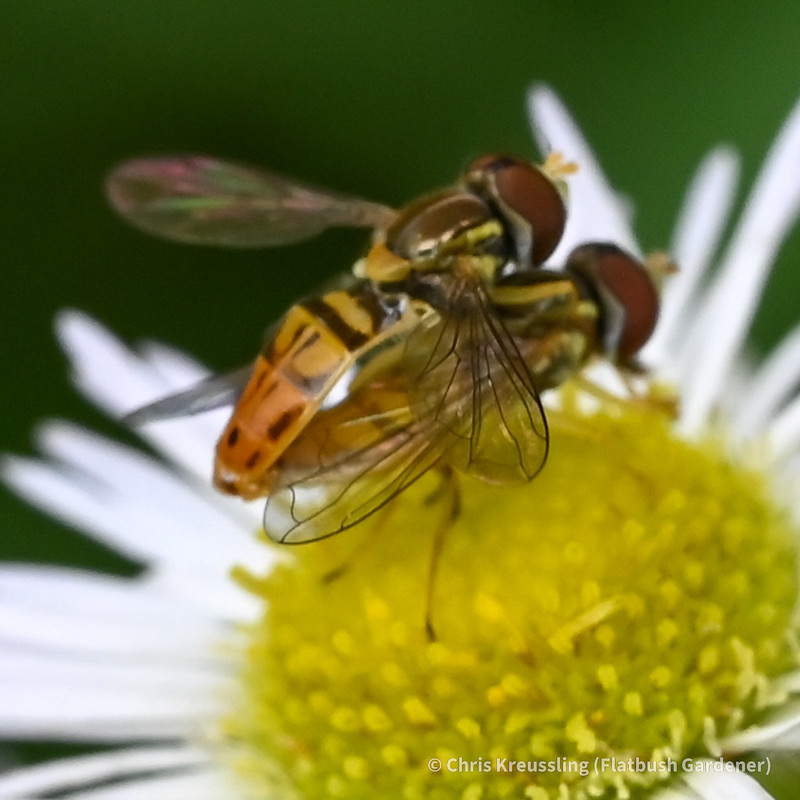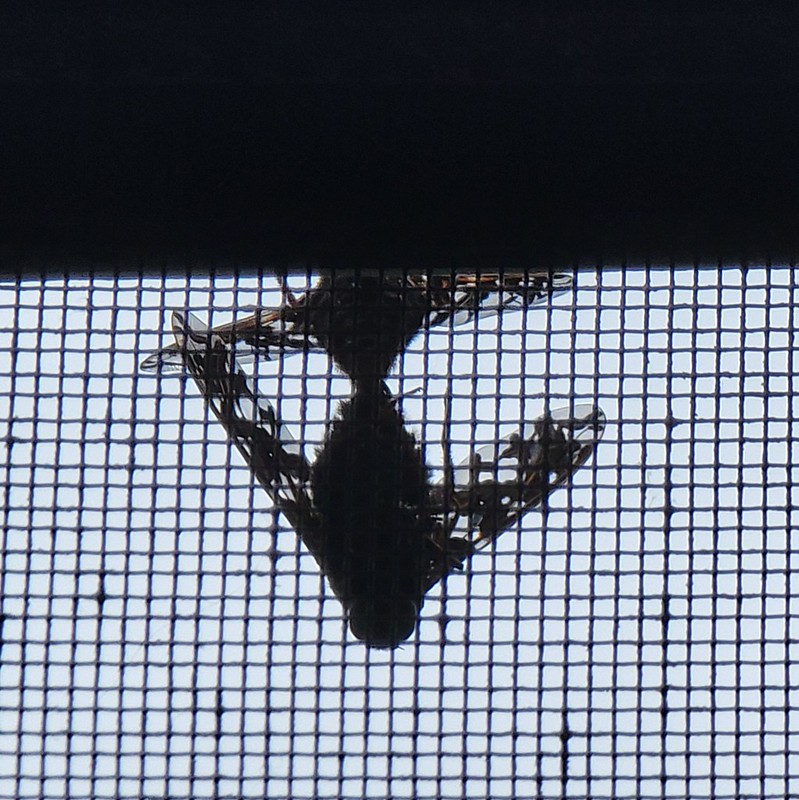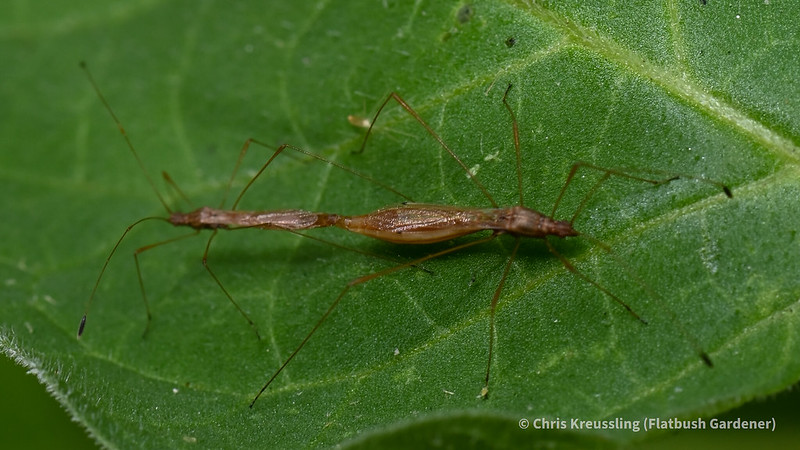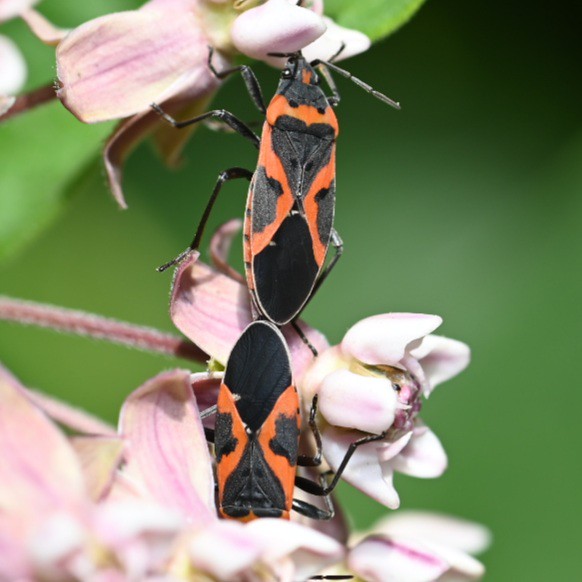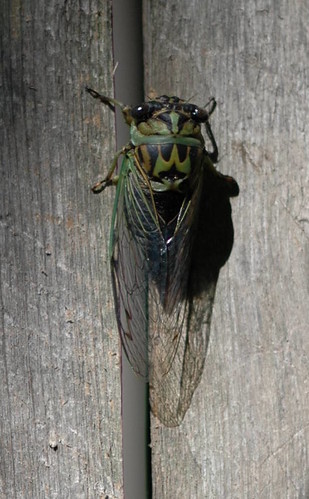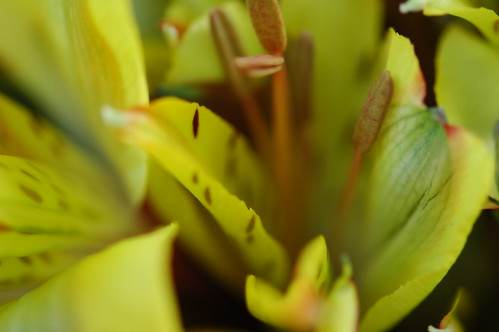- Acanthoscelidius acephalus, minute seed weevil
- Epitrix fuscula
- Harmonia axyridis, multi-colored lady beetle (introduced)
- Eumerus
- Orthonevra nitida, wavy mucksucker
- Syritta pipiens, compost fly (introduced)
- Toxomerus geminatus, Eastern calligrapher fly
- Toxomerus marginatus, margined calligrapher fly
- Xenox tigrinus, tiger bee fly
- Jalysus, stilt bug
- Lygaeus kalmii ssp. angustomarginatus, Eastern small milkweed bug
- Hylaeus modestus, modest masked bee
- Xylocopa virginica, large Eastern carpenter bee
- Danaus plexxipus, monarch butterfly
Coleoptera, beetles
Acanthoscelidius acephalus, minute seed weevil
Epitrix fuscula
Harmonia axyridis, multi-colored lady beetle
Diptera, flies
Eumerus
Orthonevra nitida, wavy mucksucker
Syritta pipiens
Toxomerus geminatus, Eastern calligrapher fly
Toxomerus marginatus, margined calligrapher fly
Xenox tigrinus, tiger bee fly
Hemiptera, bugs
Jaylsus, stilt bug
Lygaeus kalmii ssp. angustomarginatus, Eastern small milkweed bug
Hymenoptera, Epifamily Anthophila, bees
Hylaeus modestus, modest masked bee
Xylocopa virginica, large Eastern carpenter bee
Lepidoptera, butterflies
Danaus plexippus, monarch butterfly
My garden is also registered as a butterfly and monarch habitat, and monarch waystation. It proved its worth this year. I observed multiple couplings, in addition to the usual egg-laying. 
Related Content
iNaturalist: Insects mating in my garden during 2021

